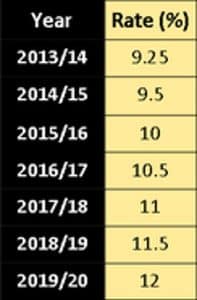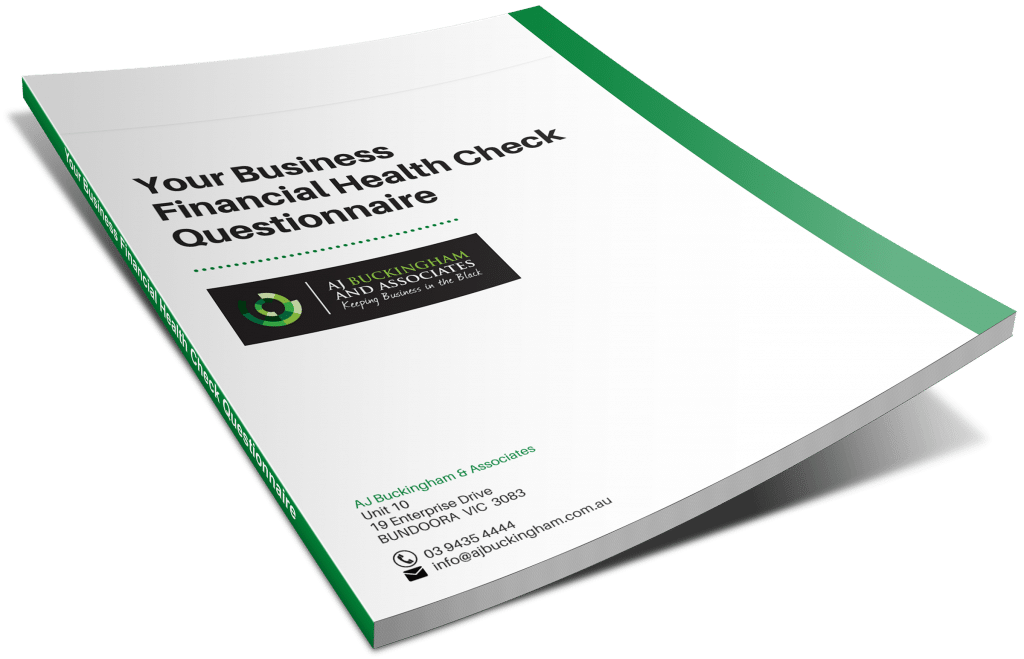Employers beware:-
As of the 1st July this year, all Australian employers will have to do two things to their payrolls:-
- Increase the amount they pay into their employee’s Superannuation fund from 9% to 9.25%.
- Start paying superannuation contributions for any employees 70 years or over as the upper age limit for superannuation has been removed.
The Superannuation Guarantee (SG) rate will increase to 9.25% as of 1st July 2013 with another 0.25% increment from 1st July 2014 Annual increments of 0.5% will apply up to 2019/20 taking the SG rate to 12%.
This measure is part of Australia’s compulsory superannuation savings system which has been in place since 1992 and is designed to increase the future retirement incomes of Australian workers. The challenge will be to ensure an adequate retirement income for our ageing population and to reduce the reliance on the Age Pension system.
The number of Australians aged over 65 is projected to grow from 3 million to 8.1 million by 2050. The ratio of working age Australians to those over age 65 will decrease from 5-to-1 to just 2.7-to-1 over the next 40 years.

SG Administrative Burden Eases
The Government has established what is called a ‘Small Business Superannuation Clearing House’ to help ease the administrative burden on Small to Medium Enterprises having to pay their employee’s compulsory Superannuation Guarantee payments.
Employers with less than 19 employees can utilise a free online service to make a single secure electronic payment to the Clearing House for all their employees. Employers register their employee’s fund details and the Clearing House will distribute the superannuation to all the different employee’s accounts.
All the details and how to register are on the Department of Human Services Website but basically:
- A one off registration is required
- You will need a valid email address and ABN to register
- Employee’s SG, additional employee and employer contributions can all be sent via the one payment
- Payments can be made via EFT or BPAY
Payments must reach the Clearing House by the SG cut off date to meet employer obligations.
The employer has met their SG employer obligations once the contribution is accepted by the clearing house, thereby minimizing the time and paperwork involved.
As at the end of January 2013 there were approximately 37,000 small businesses registered making payments on behalf of 271,000 employees. There are suggestions the 19 employee threshold is too low with the Australian Retailers Association proposing the cap be increased to 100 employees due to the high numbers of part-time or casual employees in the workforce. Around 50 per cent of the currently registered businesses have five or less employees. Some concerns regarding the scheme are that there may be some small businesses reluctant to register for fear of inadvertently exceeding the 19 employee rule.
The Department of Human Services conducts quarterly checks to identify instances where employers have more than 19 registered employees. Reasonable explanations may include a seasonal workforce etc. When an employer exceeds the 19 employees they are contacted and advised their account will be deactivated.
The Superannuation Clearing House also allows superannuation funds access to detailed payment reports, provide and update information such as bank account details and allows super funds to insert rules for employers to follow on behalf of their employees.
Good News: Super Funds Boom Year
Australian superannuation funds are on target for a stellar year with a research firm suggesting growth funds are tracking for a 17.5% return this financial year.
Figures released in May by superannuation research firm Chant West found the average balanced fund returned 15.4% between July 1, 2012 and April 30, 2013. May has also been a positive month and a return of 17.5% would be the highest single return since the 1996/97 financial year.
Chant West found typical growth funds have an average allocation of 57% shares and listed property, and these investment types were the drivers of the higher than expected returns. Chant West Investment Manager Mano Mohankumar said, “Through to April, Australian Shares were returning 30.8%, international shares on a hedged basis were at 22.3% and unhedged international shares were returning 19.5%. Listed property was at 30% and global listed property was at 27%.


